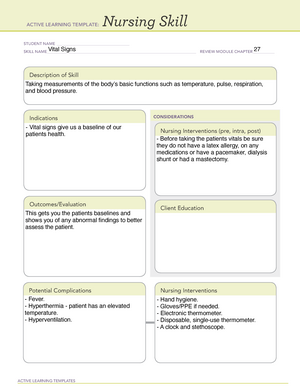

Healthcare workers who perform an aseptic technique should receive training in how to correctly perform the procedure this should include a competency assessment (Loveday et al, 2014).Ī variety of terms are used to refer to aseptic technique this can be confusing for frontline healthcare staff (Loveday et al, 2014). An aseptic technique is required for many clinical interventions including wound dressing and insertion of invasive devices, as well as the maintenance of these devices (Loveday et al, 2014). What is asepsis?Īseptic technique is a process or procedure used to achieve asepsis to prevent the transfer of potentially pathogenic micro-organisms to a susceptible site that may result in the development of infection (Wilson, 2019). With the increased focus on antimicrobial resistance (AMR) there is also a need to carefully consider antibiotic usage, and prevention of infection can help to reduce the need for antimicrobials in the first place (HM Government, 2019). Indeed, as far back as the mid-1800s, the association between good hand hygiene and reduced infection rates was identified by Ignaz Semmelweis (Wilson, 2019). It could be suggested that understanding the principles of asepsis goes back as far as Florence Nightingale, who made the links between good hand hygiene and reduction in wound infections in 1855 (Rowley et al, 2010). The term asepsis means “the absence of potentially pathogenic micro-organisms” (Loveday et al, 2014). To reduce patients’ risk of developing a HCAI, it is vital to prevent the transmission of micro-organisms between staff and patients when undertaking any invasive procedure (Loveday et al, 2014) this can be achieved by asepsis. These infections are more likely to occur in patients with invasive devices, such as peripheral canulas, vascular access devices or urinary catheters in situ, or after invasive procedures (NICE, 2012). It is estimated that 300,000 patients each year in England will develop a healthcare-associated infection (HCAI) (National Institute for Health and Care Excellence, 2012).
Ati skills module surgical asepsis pdf#
Scroll down to read the article or download a print-friendly PDF here (if the PDF fails to fully download please try again using a different browser).This article is open access and can be freely distributed.This article has been double-blind peer reviewed.Nursing Times 116: 38-41.Īuthors: Andrea Denton and Carole Hallam are independent nurse consultants, AC Independent Nursing Consultants. This article, the first in a two-part series, describes the principles of asepsis and part 2 will describe the procedure for changing a simple wound dressing.Ĭitation: Denton A, Hallam C (2020) Principles of asepsis 1: the rationale for using aseptic technique. Aseptic technique is a core competency for many nurses.


 0 kommentar(er)
0 kommentar(er)
